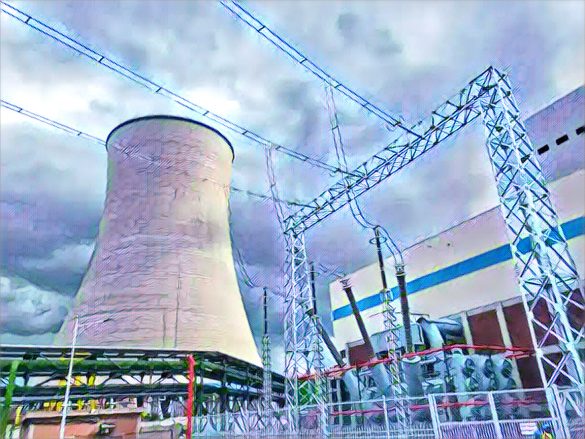Zimbabwe’s struggle with energy stability is hitting its pocket hard, spending US$134.5 million on electricity imports in just the initial eight months of 2023, according to a report from the Zimbabwe Coalition on Debt and Development (ZIMCODD). The report underscores a steep 23.2% cost increase compared to the same timeframe last year.
Despite shelling out US$10.3 million for power in August alone, the country braces for potential load shedding ahead. The underlying issues? Dwindling water levels at Kariba Dam and frequent breakdowns at aging thermal power stations, which triggered severe power deficits earlier this year.
Optimism sparked with the launch of two thermal plants in Hwange, a US$1.5 billion investment adding 600MW to the grid. Yet, ZIMCODD warns of looming power cuts, stressing the operational woes of old thermal units and a mounting regional power pool debt.
The situation is precarious, with Kariba Dam’s water reserves plunging and forecasts predicting a drier season across the SADC region, threatening hydro plant operations.
Contrasting the grim predictions, a source within the Zimbabwe Electricity Supply Authority (ZESA) highlighted the Hwange station’s role as a critical backup. Despite the hiccup of erratic generators and Kariba’s vulnerability to expected droughts, the source refuted the prospect of returning to debilitating power outages experienced earlier this year.
“The operationalization of Hwange is our safeguard,” the insider confirmed to NewZimbabwe.com, dismissing fears of a throwback to the intense power cuts’ era.
While new developments offer a glimmer of hope, Zimbabwe’s power supply chain remains fraught with uncertainty. The balance between managing aging infrastructure and the unpredictable wrath of climate change continues to be a tightrope walk for the nation.


